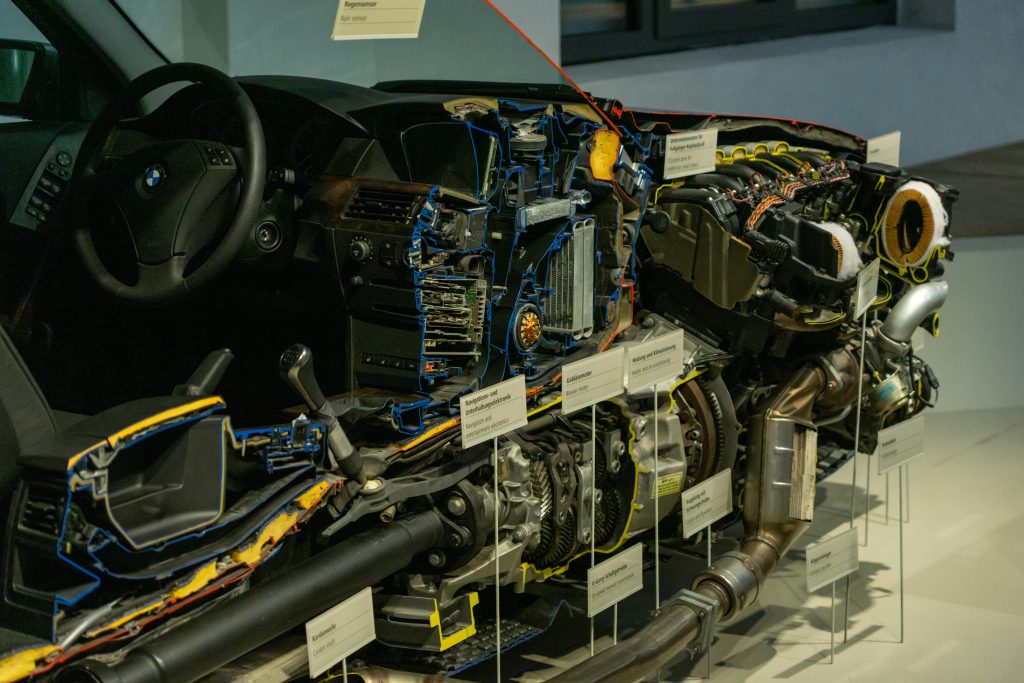Morocco Expands Aerospace Ambitions with New Safran Aircraft Engine Complex
4 min read
King Mohammed VI and Crown Prince Moulay El Hassan lead launch of major aviation hub to strengthen Morocco’s global aerospace footprint
Morocco has taken another bold step toward cementing its position as a leading hub for aerospace innovation in Africa and beyond. On Tuesday, King Mohammed VI and Crown Prince Moulay El Hassan presided over the foundation stone-laying ceremony for a cutting-edge aircraft engine complex in Nouaceur, near Casablanca.
The new facility developed by France’s Safran Group will play a pivotal role in Morocco’s growing aerospace ecosystem. Located within the Midparc industrial platform, the complex represents a major milestone in the kingdom’s ongoing effort to attract advanced industries, generate skilled jobs, and integrate deeper into the global aviation supply chain.
A High-Tech Leap for Moroccan Industry
The new Safran engine complex will specialize in assembly, testing, and maintenance of aircraft engines particularly the LEAP model, one of the world’s most advanced and efficient jet engines used by leading commercial airlines.
According to project details, the complex will feature state-of-the-art facilities for engine integration and performance evaluation. It will also house a maintenance and repair unit, helping to position Morocco as a key maintenance, repair and overhaul (MRO) destination for both regional and international carriers.
The initiative underscores Morocco’s strategy to move beyond assembly and component manufacturing into higher-value technological segments of the aerospace industry such as engine engineering, diagnostics and sustainable aviation technologies.
Safran Strengthens Its Ties with Morocco

The Safran Group, one of France’s largest aerospace companies, has long been a strategic partner in Morocco’s industrial development. Safran already operates multiple subsidiaries in the country, producing aircraft wiring systems, landing gear components, and nacelles.
At the ceremony, Ross McInnes, Chairman of Safran, expressed pride in expanding the company’s Moroccan footprint. He emphasized that the new facility would not only boost production capacity but also deepen technical cooperation between Moroccan engineers and Safran’s French research teams.
“Safran is honored to see this project launched under the high patronage of His Majesty King Mohammed VI,” McInnes said. “This complex will strengthen our industrial partnership with Morocco and contribute to global aviation excellence.”
Omega Tv UK celebrates ONE YEAR ANNIVERSARY, we wish to thank all our viewers for helping us reach this milestone.
Happy 1st anniversary to Omega TV UK!.
The project’s launch also follows the signing of a memorandum of understanding between Safran and the Moroccan Ministry of Industry, outlining commitments to training programs, technology transfer, and sustainable energy use within the new facility.
Government Vision: From Assembly to Innovation
Morocco’s Minister of Industry and Trade, Ryad Mezzour, described the project as “a proud moment in Morocco’s rise as a global destination for high-tech industries.”
He credited Morocco’s steady reforms, investment incentives and education policies for attracting major international companies like Boeing, Airbus suppliers, and now Safran’s new engine hub.
“This new facility embodies the vision of His Majesty King Mohammed VI to make Morocco a strategic industrial player, driven by innovation, competitiveness, and human capital,” Mezzour said.
The government’s broader strategy includes building STEM education pipelines, technical training centers, and public-private partnerships that align Moroccan youth with global aerospace standards.
A Pillar of Economic Transformation
The Moroccan aerospace sector has grown rapidly over the past two decades, evolving from small-scale component production to one of Africa’s most integrated aviation ecosystems. Over 140 companies currently operate in the sector, employing more than 20,000 people and contributing significantly to exports.
The new Safran facility marks the next phase of industrial transformation, promising hundreds of new skilled jobs and reinforcing Morocco’s position as the top African exporter of aerospace components to Europe and North America.
Analysts see the project as part of Morocco’s strategy to become a global supply chain hub for sustainable aviation and green technology, especially as the aviation sector transitions toward lower-carbon operations.
Strategic Location in Midparc
The Midparc Industrial Zone near Casablanca is central to this vision. The zone already hosts dozens of international aerospace firms, offering integrated logistics, research centers, and access to Casablanca Mohammed V International Airport.
By situating the Safran engine complex within Midparc, the project ensures seamless connectivity for parts distribution and export, as well as collaboration with existing aerospace partners.
The area’s proximity to global trade routes positions Morocco as an ideal gateway between Africa, Europe, and the Middle East enhancing the nation’s global competitiveness in advanced manufacturing.







I appreciate the depth and clarity of this post.